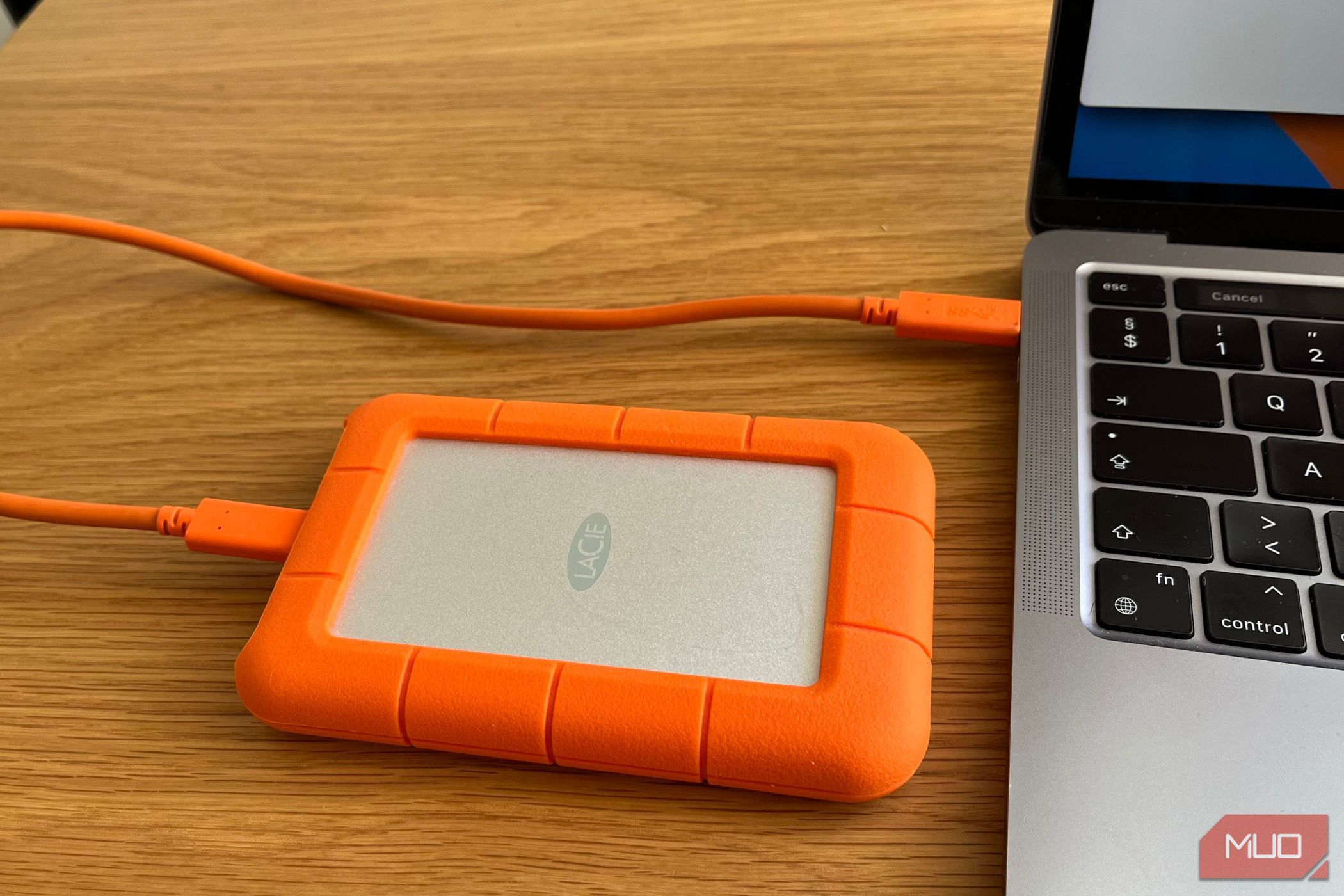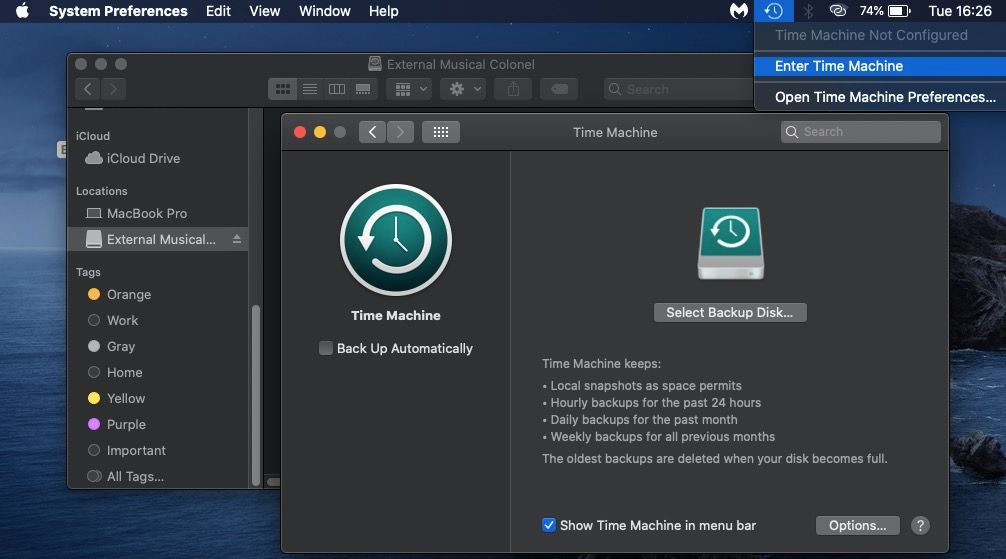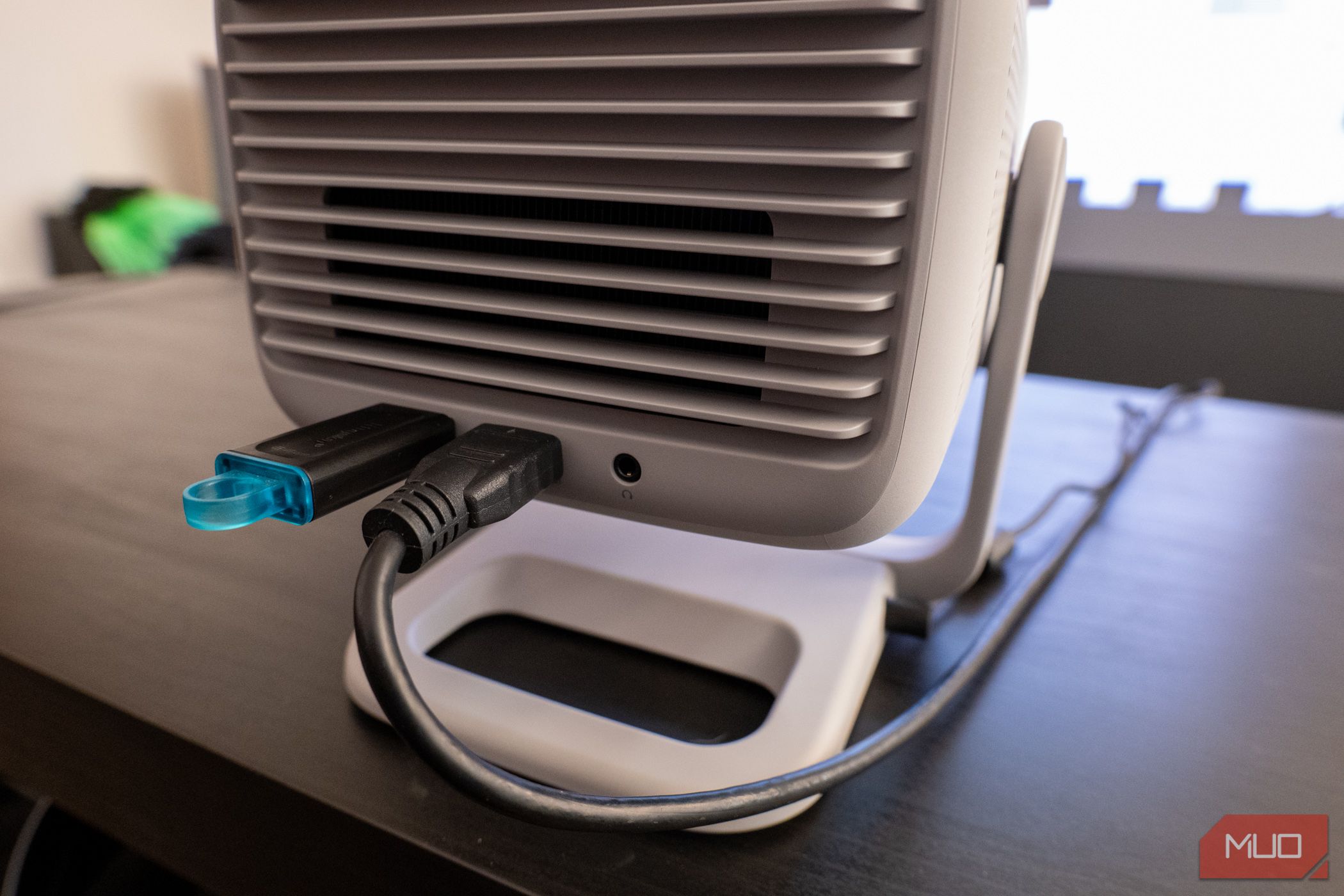While cloud software subscriptions make backing up your digital life easier, you don’t need to pay money to keep your files and folders organized. There are numerous excellent alternatives, and they’re surprisingly easy to use.
6
Using an External Hard Drive
External hard drives are by far the easiest way to back up your digital files and folders without a subscription. You just need to plug your HDD into your computer and transfer your content. Doing this at least once a week is a good idea, but if you’re a heavy digital user, doing it daily is better.
1TB is enough storage for most users, but if you want to back up photos and other large files, you should aim for 2TB or higher. Having more than one HDD is wise; while you can make your hard drive last longer, they all die eventually. For this reason, you should still consider backing up to some form of cloud storage.
When choosing an external hard drive, look for durability; the last thing you want is for it to malfunction after dropping it. LaCie’s hard drives are a good starting point.
5
Making the Most of Time Machine
If you have a Mac, you should be using Time Machine. This tool lets you back up versions of your computer and restore them if you need to. It’s a helpful program if you have issues with a software update, and you’ll also thank yourself for setting up Time Machine if your computer becomes infected with malware.
With Time Machine, you can back up all of your computer’s key documents. To set the tool up, you can go to the app on your Mac and begin the process. While Apple’s ecosystem is well-integrated, you can’t use this feature on iPhone or iPad. Sometimes, you may encounter problems where you can’t back up your Mac with Time Machine. In these cases, try deactivating virus-scanning and connecting a different external drive.
4
Backing Up Smaller Files to a USB Stick
Before the days of cloud software, we backed up our work on USB sticks of varying sizes. For example, on my desk, I have a smaller 32GB drive and a much larger 128GB drive. These smaller storage drives are ideal for keeping copies of Word documents and files of a similar size.
USB sticks work similarly to bigger external drives. When you plug them into your computer, you can access all of your files. Like bigger drives, though, they don’t last forever. Make sure to use a secondary backup option to avoid losing key files.
When working with USB sticks, be sure to save your files frequently. You should also safely eject them in the same way you would with other external HDDs; it’s sometimes easier to forget this than with bigger drives.
3
Burning Files onto a Disc
While quite old-fashioned, burning your files to a disc is one way to back up your digital files on physical media. Buying discs is often cheaper than an external HDD, too, so this can be a very cost-effective option.
Once you’ve burned files onto your disc, you can access them each time you insert the disc. You will, however, need a player that supports this; many modern laptops don’t have disc slots.
Mark each disc so you know what’s stored on it. You can use a marker or write on the case you use instead.
Not paying for a subscription doesn’t mean you should disregard cloud tools altogether. Some apps offer a decent amount of free storage; for example, Google Drive gives you up to 15GB. For general use, you shouldn’t have to worry about exceeding your allowance.
You can optimize to stop paying for Google Drive storage in several ways, too. For example, you should delete outdated phone backups and exclude videos from your WhatsApp backups. In worst-case scenarios, you can always create a second Google Drive account if needed.
Other free cloud solutions can work, but they often have lower allowances of 2-5GB. iCloud is one example, but thankfully, you can free up iCloud space and keep photos without paying.
1
Download a Copy of Your Data
Besides using cloud storage, you can download a copy of your data with many tools. You’ll then often get a link to your email with your information; Google Drive does this. Once you have the link, you can access your data when you need it, allowing you to clear out your files and free up more space.
Downloading a copy of your data can be risky. You must keep track of all your links and folders; without these, you could lose your content forever. Consider creating an offline document where you can access all of these.
While paid cloud storage subscriptions are an easy way to back up your digital life, you don’t need to rely on them. You can use a number of alternative solutions, such as external hard drives and even burning your files onto a disc. Many of these require more manual work, so make sure you regularly back up your files and folders.











Leave a Comment
Your email address will not be published. Required fields are marked *